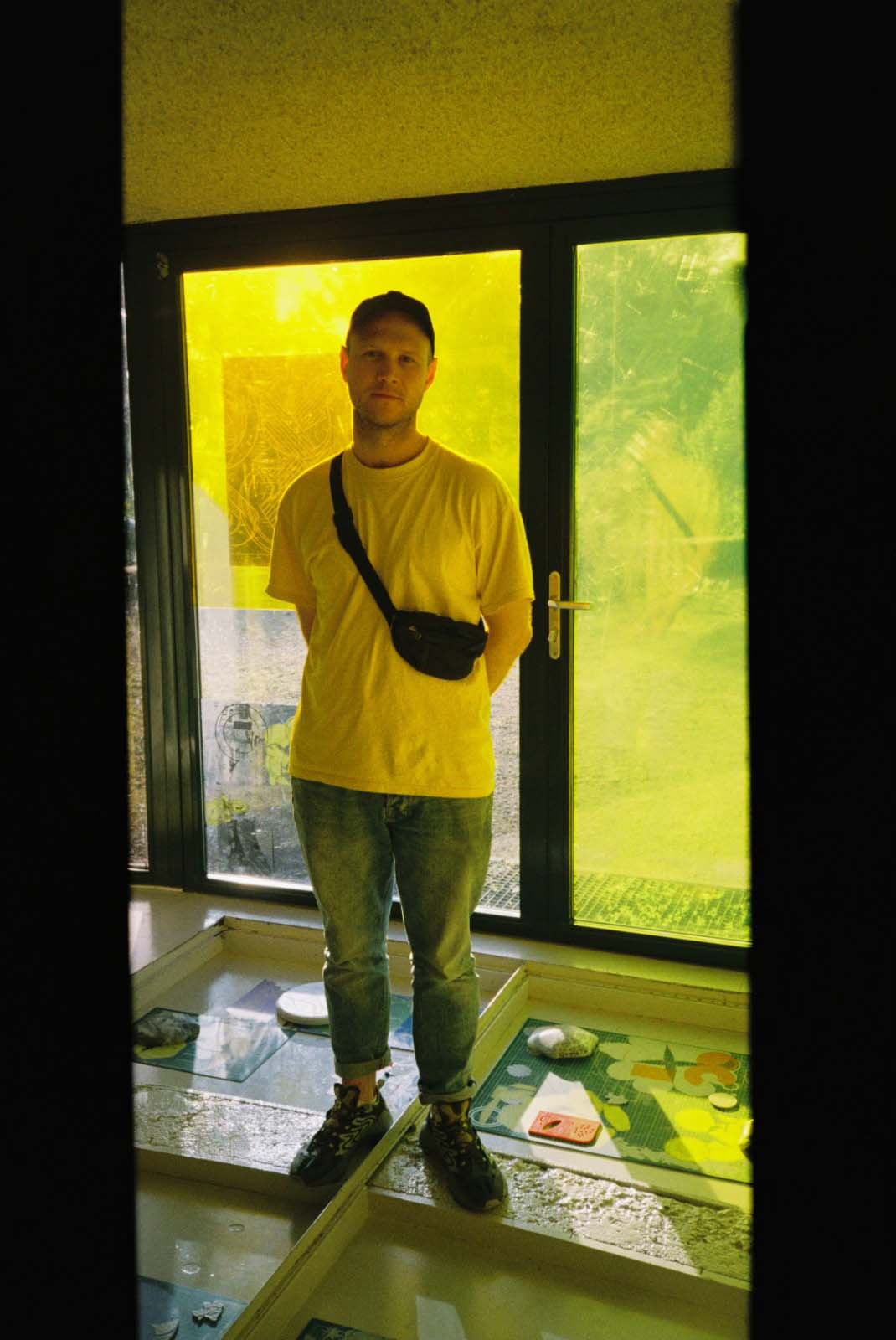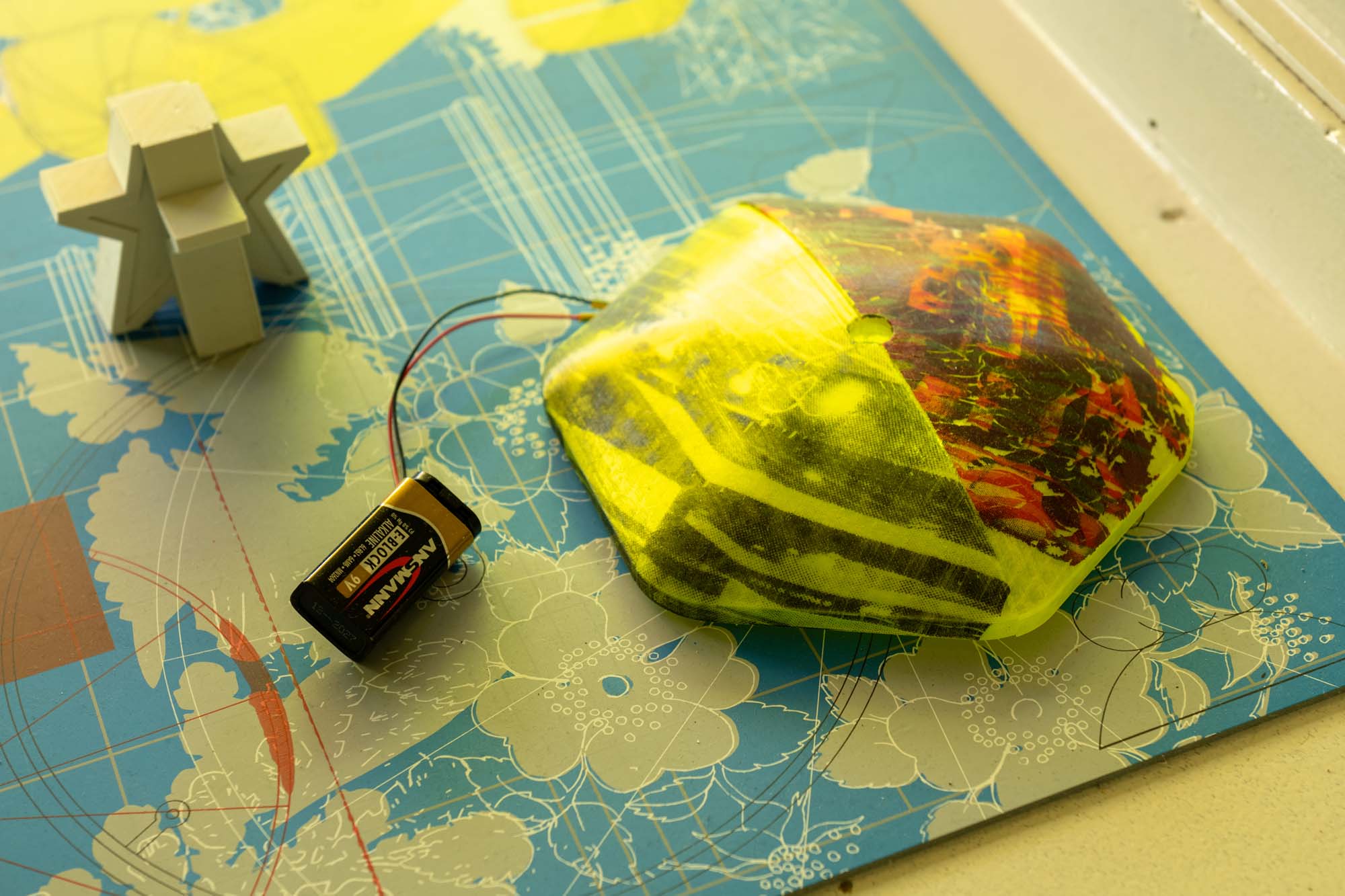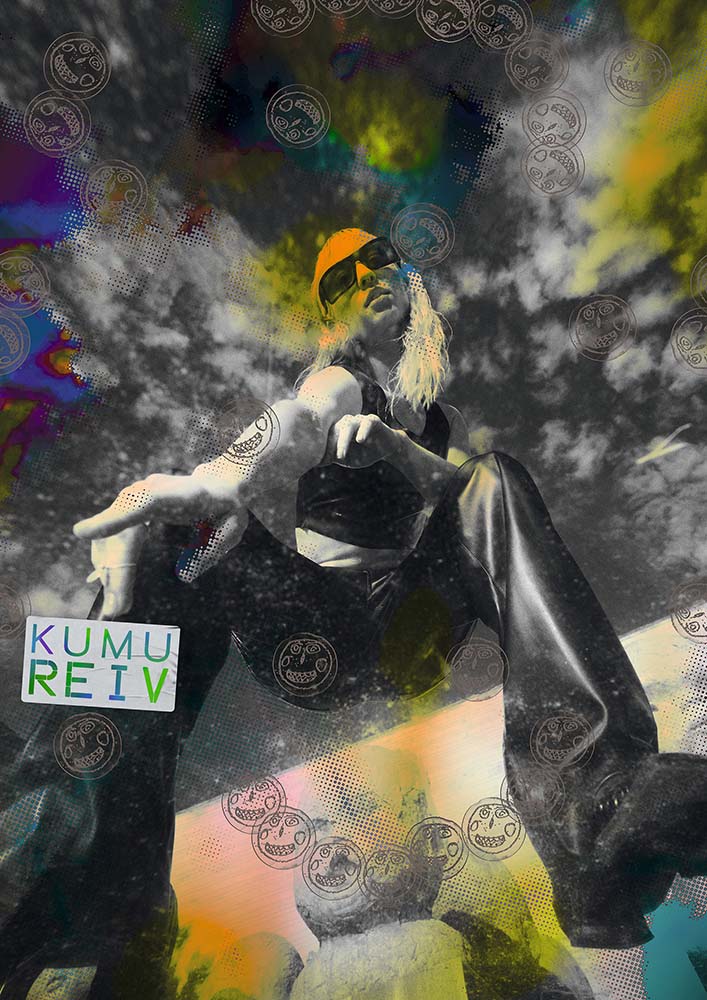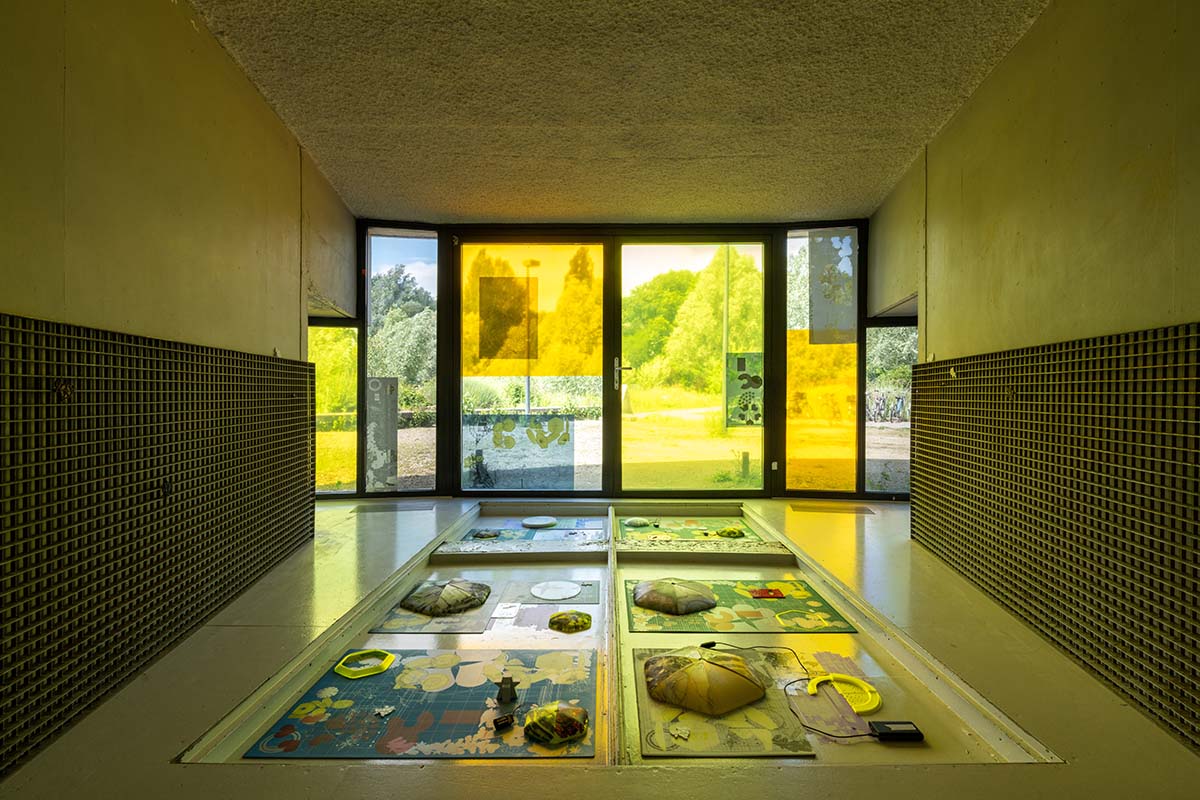Ott Metusala is a designer based in Amsterdam. He graduated from the Graphic Design Department of the Estonian Academy of Arts (2011), the Gerrit Rietveld Academy (2015), and the Sandberg Institute (2022). He is one of the three young designers nominated for SÄSI design award. Trickster enjoys Ott’s work, so we decided to ask him a couple of questions!

Age, education, occupation?
35, Master of Arts & Design, graphic designer, publisher, and educator.
How’s life at the moment?
Life is good. I'm currently in Amsterdam, and Autumn has just started here. The city has awakened from its summer state. It’s an exciting time of year—making new plans, starting the academic year, and reminiscing about the past months to keep spirits up on a rainy day.
When and why did you start experimenting with graphic design?
I started by mimicking my father’s drawings, and from there, I began experimenting on my own. As I started reading books and comics, I was exposed to different styles of lettering, illustration, and imaginative worlds. Trying to copy helped me to learn.
I also remember making a lot of wooden creations at my grandparents' garage, photocopying my drawings, and experimenting with colourful designs in Corel Draw at a fairly young age. Growing up in Tallinn, near the train yards of Tallinn-Väike, I was surrounded by graffiti on the trains and walls. The chaotic arrangement of wild letters still influences me as a graphic designer today.

What makes a good designer?
Loving what you do and taking your time with it. Hasty decisions often show in the final product. I believe a good designer makes intuitive and unexpected choices. It’s always great to see focus or fun in the process—it shows in the results! I first knew I had achieved something special in design when I made my guest teacher, who was usually very quiet, laugh with my work.
Is it easy for you to share your work online?
Honestly, I still find it difficult. While I know it’s necessary to document and share my work, the time it takes to get everything organized can be overwhelming. Working with physical objects presents challenges like photographing, scanning, reformatting for presentation, and editing. While I often use mock-ups, they don’t fit every situation.
A lot of my work is not yet displayed in its full glory. I’m slowly building a portfolio on my Instagram and website, but there are still projects from years ago waiting to be shown. For my personal projects, I often present them in stages—one time, it’s a publication; another time, it’s an event. These moments pass quickly compared to longer-lasting design identities (CVIs).
Have you ever wanted to do something else? What exactly?
I once wanted to become an architect, but my lack of math skills held me back. I’ve always been fascinated by how we live, the material world around us, and the ways we design the spaces we inhabit.

Design education: why is it important (or not?) to learn in an academic institution?
I find it a great social setting. You meet people, work together, and live life together. Academic institutions provide opportunities to experiment and learn from skilled professionals, with access to workshops and specialists. However, a lot of learning still happens outside of school. Often, the way you learn things in school doesn’t work quite the same in the real world.
What is your favorite pastime?
Swimming in the sea, wandering around, and exploring—whether in nature or in the city. Also, online marketplace scrolling and flea markets.
Dogs or cats?
Currently, I encounter more dogs than cats, but I’m fond of both.
Would you prefer to be a vampire or a werewolf? Why?
I can be quite productive at night, so both could work, but I’d choose to be a werewolf because I wouldn’t want to sleep in a coffin.
Your secret superpower?
I’m constantly observing, noticing small details that often become helpful later on. It could be useful if I decided to become a detective one day.
What kind of music do you listen to when you work?
When I work in the Bookbinding Workshop at the Gerrit Rietveld Academie, I turn on NTS in the morning and let it play throughout the day—it’s a good way to discover new music without thinking about what to play next. Otherwise, I listen to anything that doesn’t distract me too much from my work.
What do you like about current design trends, and what do you not like at all?
I like that there’s more space for intuitive design and that not everything is overly neat and tidy. There’s a resurgence of illustration, and people are trusting their instincts to present their ideas. I also feel classical drawing and pastel colors are making a comeback. Digital formats have expanded possibilities, allowing more people to explore styles and trends, but scruffy typefaces and hand-drawn scribbles still pop up between 3D graphics
AI is a big question mark for me. Does it create your work, or does it assist you? I think this is an important distinction to consider. I use AI myself to expand my capabilities.

Describe your process.
I like to sketch and experiment a lot, often reusing ideas in various projects to test them out. One project may spark a small idea that I’ll later elaborate on in another. I enjoy the interconnection—it feels like a longer, ongoing process rather than a series of unrelated parts. It makes the work more enjoyable.
Are you good at taking critique?
I can be stubborn and stick to my ideas, but critique is essential to understanding how others relate to my work. Ultimately, I create for an audience, so I have to be open to feedback.
If you were a plant, what kind of plant would you be?
Definitely a flower.
Check out Ott's work on his Instagram @ottottott and webpage ottmetusala.com Wohoo!